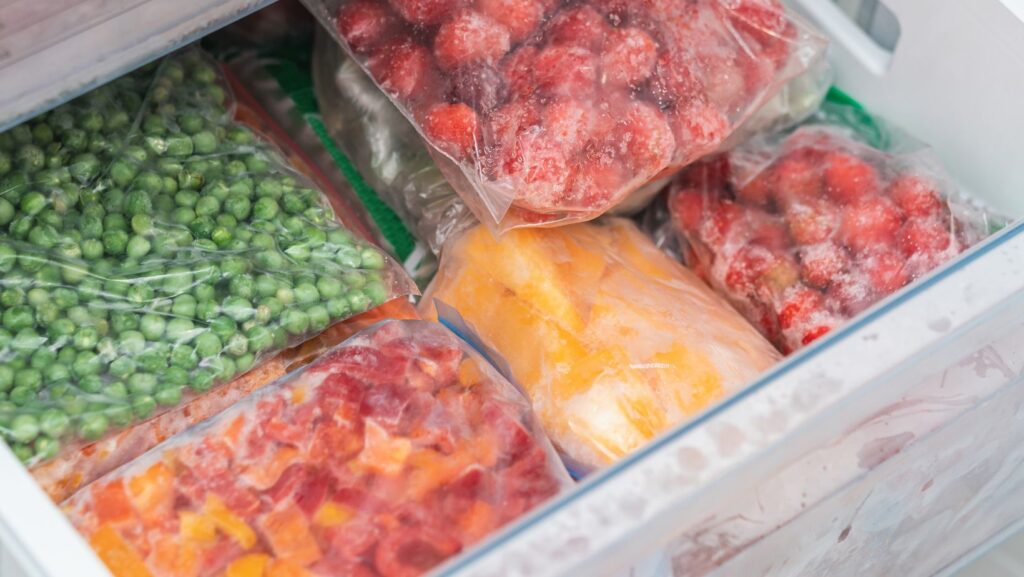As businesses increasingly focus on optimal food storage to maintain quality and safety, understanding the distinctions between chilled and frozen storage becomes essential. Both methods serve crucial roles, yet they cater to different needs and types of products. Making the right choice can impact not just product quality but also operational efficiency, cost management, and compliance with health regulations.
Understanding the Basics: Chilled vs. Frozen
Before diving into the decision-making process, it’s beneficial to grasp the fundamental differences between chilled and frozen storage. Chilled storage typically maintains temperatures between 0°C to 5°C (32°F to 41°F). This temperature range is ideal for perishable goods that require a cool environment but do not need to be frozen. Common products stored in chilled environments include fruits, vegetables, dairy items, and ready-to-eat meals.
On the other hand, frozen storage operates at sub-zero temperatures, usually around -18°C (0°F) or lower. This freezing process halts bacterial growth and preserves products for extended periods. Items such as meats, seafood, and certain baked goods benefit from being frozen, as the process can lock in freshness and quality.
For a more in-depth look at the differences in chilled vs frozen storage, consider exploring industry insights that can further assist in your decision.
Evaluating Your Business Needs
Type of Products
The first consideration when choosing between chilled and frozen storage is the type of products you offer. If your business revolves around fresh produce, dairy, or prepared meals with a short shelf life, chilled storage is the way to go. These items require a temperature-controlled environment to maintain their freshness but can often be utilised within a matter of days or weeks.
Conversely, if your focus is on items like frozen meat products, ice cream, or vegetables, the long shelf life of frozen goods is advantageous. Not only does freezing extend shelf life, but it also allows for bulk purchasing and storage, which can reduce costs in the long run.
Shelf Life and Turnover Rates
Next, consider the shelf life of your products and how fast they sell. If products tend to move quickly through your inventory, chilled storage is likely sufficient. However, if you manage a slower-moving inventory of frozen goods, investing in efficient frozen storage solutions can pay off by reducing waste.
Energy Efficiency and Costs
Energy consumption is another crucial factor in your decision. Generally, chilled storage requires less energy than frozen storage due to the increased energy demands of keeping items at sub-zero temperatures. However, if your product range necessitates frozen storage, the cost of specialised equipment and energy should be factored into your operational budget.
Investing in energy-efficient models can greatly lessen the financial burden. Explore options with advanced temperature controls, insulation, and environmentally friendly refrigerants.
Operational Considerations

Space Requirements
Another significant aspect to assess is the space available for storage. Frozen storage units typically require more room than chilled counterparts. This space might include large freezers or cold rooms specifically designed for freezing.
Understanding your operational layout will help ensure that your storage solutions do not impede workflows and that employees can access items efficiently.
Local Regulations and Compliance
In the UK, various regulations govern the storage and handling of food products, including those related to temperature control. Health and safety standards demand strict adherence to temperature regulations, and your storage choice must align with these legal requirements.
Regular temperature monitoring and compliance checks will ensure that your business meets necessary food safety standards and avoids potential penalties.
Product Quality and Transfer
If your business involves transferring products quickly from one storage type to another, consider your workflow. Chilled products often need to be transitioned to frozen storage for longer-term storage and vice versa. Ensure that your operational framework accommodates these transitions smoothly while maintaining product integrity.
Technology and Equipment
In recent years, advancements in storage technology have revolutionised how businesses manage chilled and frozen inventory. From smart temperature monitoring systems that provide alerts for any fluctuations to energy-efficient units that optimise performance, investing in the right technology not only enhances storage capability but can also lead to long-term savings.
Maintenance and Longevity
The longevity of your storage units is paramount. Chilled storage tends to require less intensive maintenance compared to frozen units. Ice can build up in freezers, necessitating regular defrosting and cleaning. Understanding the maintenance needs of each type of storage facility will help in planning for service interruptions and budgeting for repairs.
Making the Final Decision
Choosing between chilled and frozen storage ultimately hinges on a combination of product types, shelf life, operational workflow, space availability, and budgetary considerations.
1 Evaluate your product range: What are you storing, and how quickly does it sell?
2 Calculate costs: Assess both the initial investment and ongoing operational costs.
3 Consider technology: Leverage modern technological advancements for monitoring and efficiency.
4 Plan for compliance: Ensure your choice aligns with local regulations.
The choice may not always be binary; many businesses benefit from having both chilled and frozen storage options to accommodate various product types.
By carefully considering all these factors, you can make an informed decision that enhances your operational efficiency, maintains product quality, and ensures compliance with industry standards. The right choice in storage solutions can set your business on the path to success, ensuring that your products remain fresh and safe for consumers.
